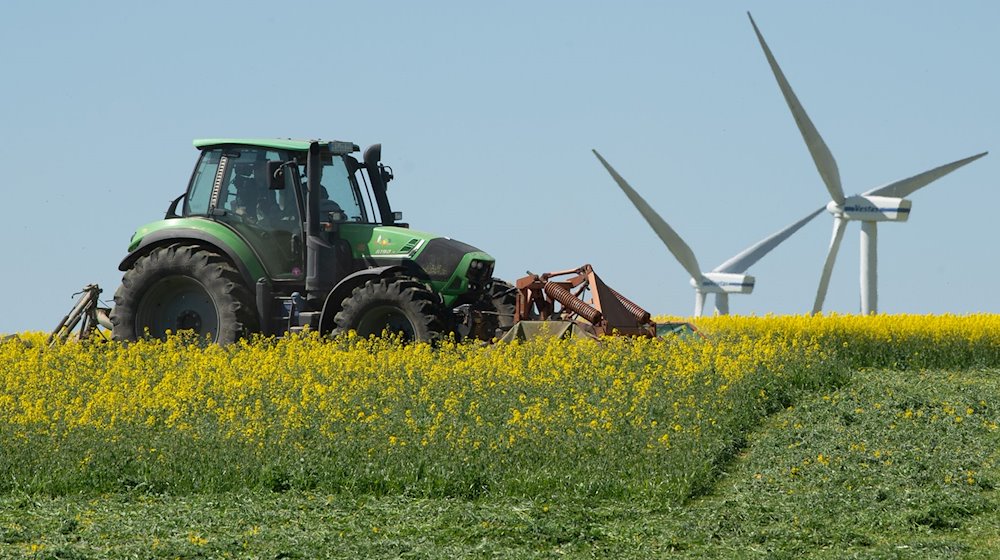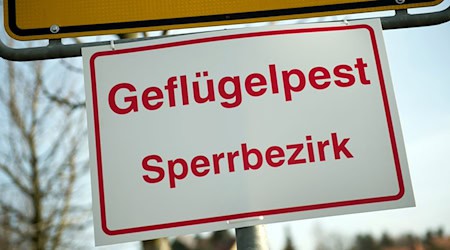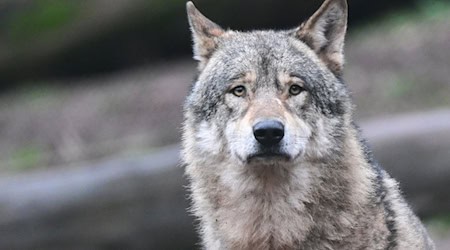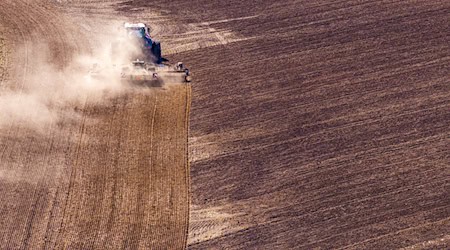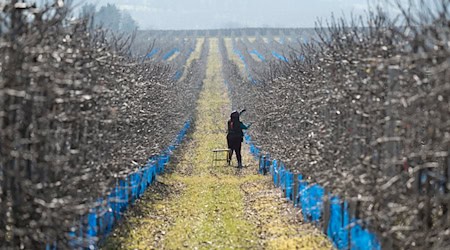Farmers in Saxony are also increasingly turning to organic farming or organic animal husbandry. Last year, 810 farms operated in accordance with organic farming standards. This was around 12 percent more than in 2020, as the Kamenz-based State Statistical Office informed the German Press Agency. At the same time, the number of organic livestock farms rose by around 9 percent to 480, accounting for around 11 percent of the total of 4,500 livestock farms.
As the number of organic farms increases, more agricultural land is also being farmed organically. Here, an increase of more than 20 percent to 85,400 hectares was recorded in 2023. The share of the total agricultural area of 897,200 hectares rose to around 10 percent.
Organic farms in Saxony have an average of 105 hectares per farm, slightly less than conventional farms with 143 hectares.
In Germany, Bavaria had the most organic land with 423,000 hectares (23 percent of organic land), followed by Brandenburg with 228,400 hectares and 199,700 hectares in Mecklenburg-Western Pomerania. Only Schleswig-Holstein (77,200 hectares), Thuringia (63,000 hectares), Saarland (14,100 hectares), Bremen (2,600 hectares), Hamburg (1,400 hectares) and Berlin (300 hectares) have less land than Saxony.
Cattle and chickens dominate organic livestock farming. At the beginning of March, there were 32,200 cattle, 6,900 sheep, 4,600 pigs and 180,500 chickens on organic farms in Saxony. This means that 7.6 percent of cattle, 8.6 percent of sheep, one percent of pigs and 3.5 percent of chickens were kept organically.
Copyright 2024, dpa (www.dpa.de). All rights reserved

